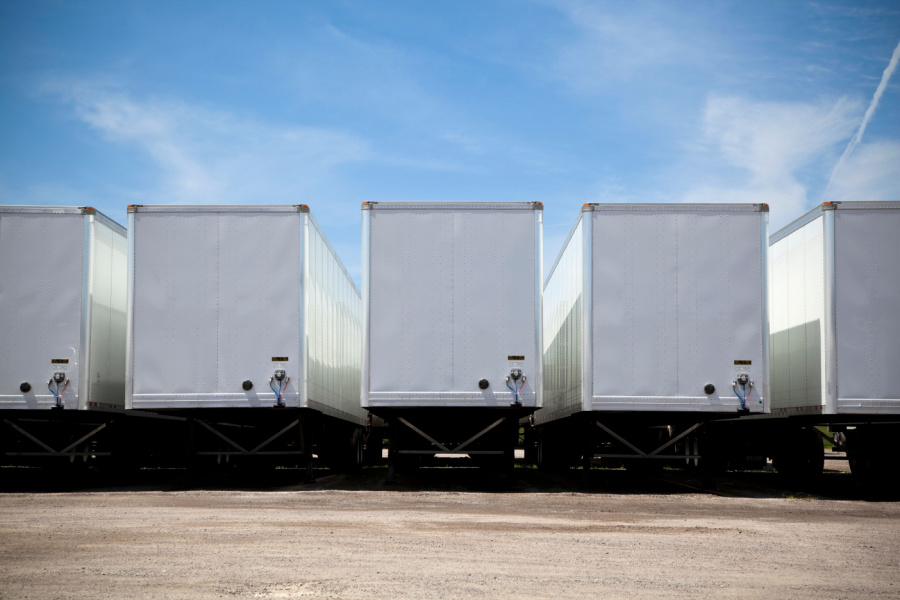Industries
Technology & Innovations
Semi Trucks
Logistics
Lease & Maintenance
Buy Used Trucks

For some, the challenge of identifying the perfect pre-owned commercial trailer to buy has been compared to choosing which of your children is your favorite. An impossible task. But it doesn’t need to be as dramatic as that.
More often than not, choosing the right used trailer involves the same common sense rules as buying a pre-owned truck:
Of course, there are major differences in trailer type and function, which is where it gets more complicated: Flatbed or tanker? Machinery or logs? Milk or gasoline? Hot or cold? Fleet managers and owner-operators know their specific industrial requirements. But trucker owners and fleet managers should also be well-steeped in the details of those “common sense” rules.
Tires, Wheels and Lubricants
While looking for things like lug nut damage on the wheels themselves, watch for signs of alignment problems with one-sided tire wear. It is defined by TireReview.com as “…excessive wear across the entire tread surface where the fastest wear is on the outside or inside shoulder rib and each of the adjacent ribs also are worn, but to a lesser extent. Excessive toe is the major cause for this tire condition.”
Also look for rapid shoulder wear on one side of the tire, which is the other condition related to trailer misalignment. Excessive camber and a misaligned or bent axle will lead to this rapid shoulder wear condition.
Trailer tires have a history of neglect and underinflation. Tires underinflated against fleet specification will magnify these irregular wear alignment-related conditions and lead to even earlier removal miles and reduced overall fuel economy.
With lubricants, you want to check for internal contamination. Internal contamination on an axle tube includes slag containing oil, metal, water, and rust. If the axle is unplugged, the vibratory action can force contamination into the wheel end. Rust forms when water condenses in the tube.
Corrosion
Here’s a mouthful: the Technology and Maintenance Council of the American Trucking Associations has a Corrosion Control Action Committee, and from that branched off the Trailer Corrosion Control Task Force. When buying, inquire about their worst offenders, including:
Brakes and Lights
When it comes to stopping power, it’s smart to test automatic application of the trailer spring brakes. Make sure the trailer supply valve is open (pushed in), and that air pressure is in the normal operating range and trailer is fully charged. Then close (pull out) the trailer supply valve. Air should be heard exhausting from the trailer spring brakes. If the trailer spring brakes do not apply, they are defective. This is one method; there are others.
To check that lighting systems are working properly on a pre-owned trailer:
Watching Trailers
Along with a basic systems review on a pre-owned semi trailer, also examine its service records, verify major parts, and locate a replacement parts source really important.
Some of the most in-demand pre-owned dry semi trailers are expected to be those featuring load securing systems to safely secure cargo; spring suspension units for sensitive loads; and units with air ride suspension to help reduce cargo damage.
Refrigerated semi trailers with heavy-duty duct floors and insulation, tight temp controls, and flexible multi-compartment systems are “hot” right now. Flatbed semi trailers are experiencing strong demand as well, including those with lighter aluminum and steel constructed flatbeds for increased payload capacity.
Shopping for pre-owned semi trailers doesn’t need to be a drama. By knowing how to evaluate a trailer—and by shopping at a reputable national dealer stocking well-maintained equipment—truckers and fleet managers can buy with confidence, and also find what they want.